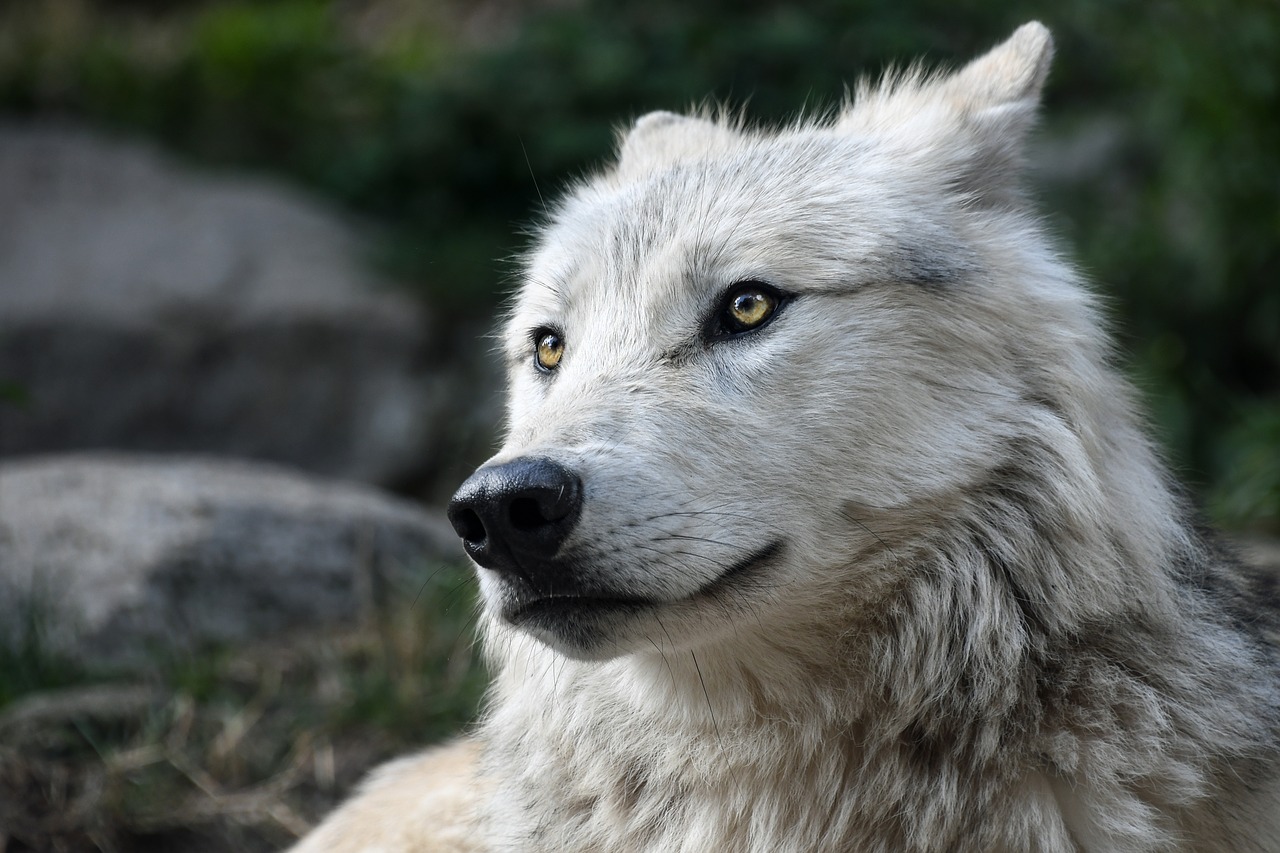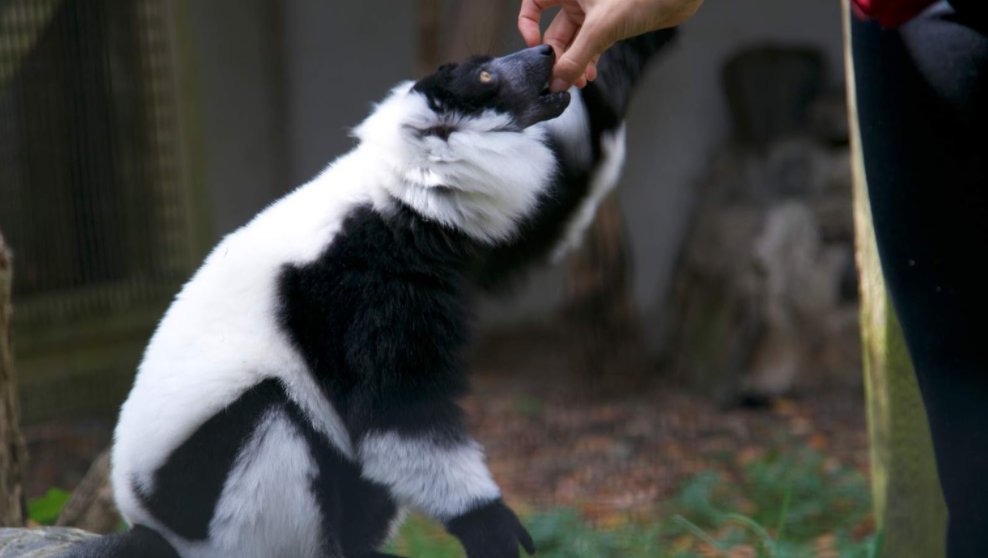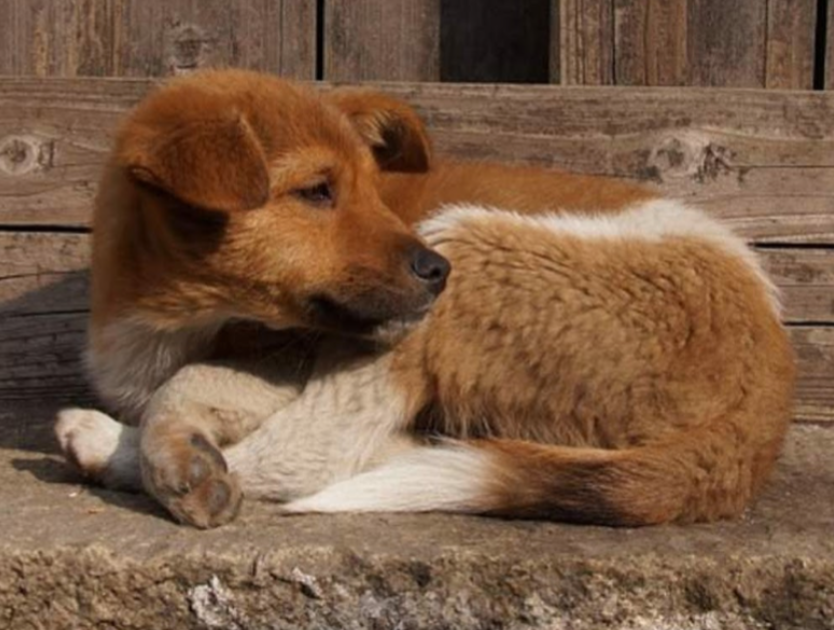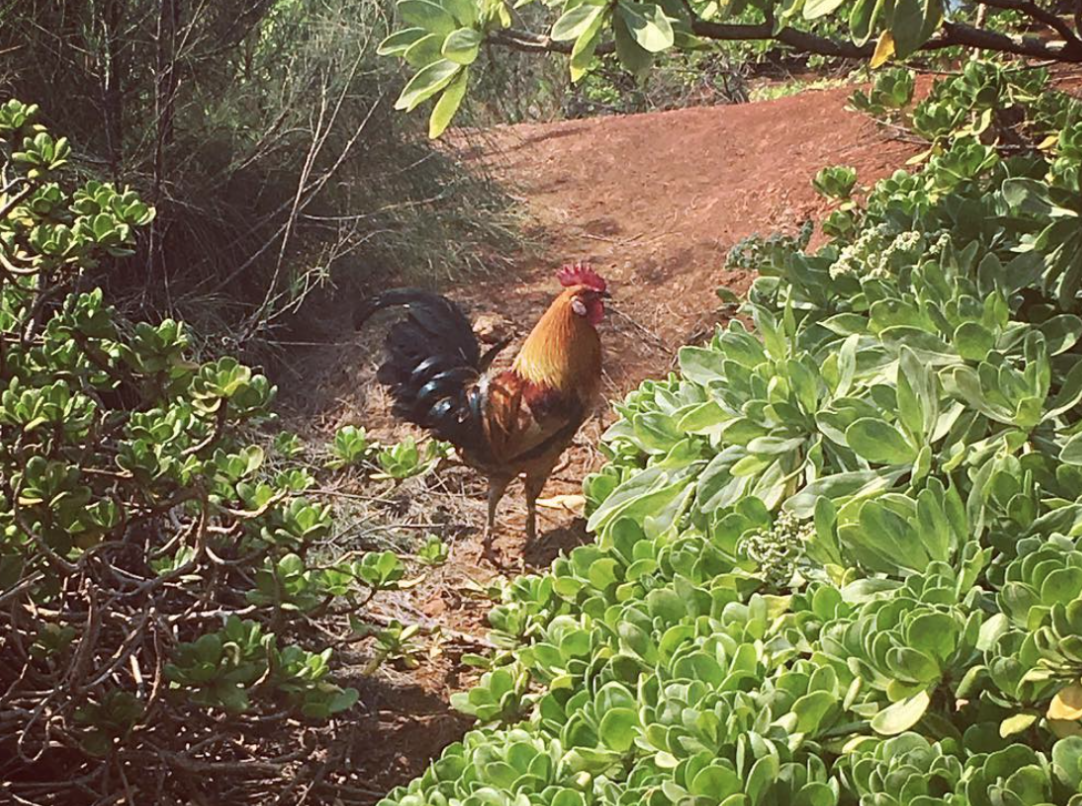
13 AprHelp! My Dog Isn’t Domesticated!
I'd like to address a minor and totally insignificant error that I encounter regularly as a dog trainer: people not knowing the difference between tame and domesticated. Quite often, I hear people say things such as:
“I adopted a street dog and I need your help domesticating him!”
“There’s a cat in my neighborhood that I feed, she’s sweet but she isn’t domesticated.”
“The birds at my bird feeder are totally feral, they’re still really afraid of me.”
When a client uses the wrong terms, it doesn’t bother me at all, because I know what they mean and that’s all that matters. However, I still think it's worth helping people understand exactly what “domestication” really means — especially when I'm working with people who aspire to become dog trainers themselves.
Here is how I break it down for my dog trainer students: Domestication is genetic; tameness is behavioral.
- A domesticated animal is an animal that has been genetically altered from its wild state over many generations of living in close proximity to humans. Humans have intentionally and accidentally affected which individual animals had more offspring, and which had fewer, and over time, the genome of the animals changed. Some traits may not have been selected for people on purpose, but they developed either because they were traits that shared genes for things we did select for, or because they were traits that left the animal better suited for the environments we put the animals in.
- A wild animal is an animal that has largely remained unaltered genetically by humans. Most animal species are wild.
- A tame animal is any animal, either wild or domesticated, that has been behaviorally altered by humans to be tame, comfortable with people. Tameness can vary from simply tolerating human presence without fleeing, all the way to seeking out human touch and proximity.
- A feral animal is a genetically domesticated animal that lives in the wild. Only domesticated animals can be called “feral;” wild animals that live in the wild are simply… wild animals.
Domesticated Animals Are Genetically Different
Domesticated animals have diverged from their wild counterparts in a number of ways. For instance:
- They retain certain juvenile characteristics into adulthood that their wild ancestors do not: they are more playful, more trusting, less fearful and less aggressive.
- They usually have more babies at a time and have them more often.
- They can look quite different in color, facial structure, and body shape.
- Their brains are a bit smaller.
- Some domesticated animals digest their food differently. Dogs, for example, can digest more types of food than wolves.
Dogs, goats, sheep, cows, pigs, chickens, and cats are all domesticated animals.
The process of domestication takes a very long time. Some animals are further along the process than others.

(Photo Credit Public Domain)
This wolf is a wild animal.

(Photo Credit: Ilana Alderman; Public Domain)
This dog is a domesticated animal. Though she can mate with a wolf and have offspring, she is genetically very different inside and out.
Tameness is Behavioral
Tame animals can be either wild or domesticated.

(Ilana Alderman and Fidget the Lemur; Photo Credit: Yael Bronner Rubin, CC BY 4.0)
This lemur is a genetically wild animal, but as she was born and raised in a zoo and has had positive contact with humans her whole life; she is tame. She is not domesticated.
Feral Animals Are Still Domesticated!
Feral animals are genetically domesticated, but live in the wild. They may depend on humans indirectly, or not at all. They may be tame, or not.
While being domesticated makes an animal much easier to tame, taming does not happen automatically. An animal has to learn to trust humans.
An example of a feral animal is a feral dog: a domesticated wolf that is fearful of and sometimes aggressive towards humans.

(Photo Credit: Public Domain)
When I visited my aunt in Kauai, I was delighted to find lots of feral chickens roaming around. These once-domesticated chickens have “gone feral,“ reverting to a semi-wild state and avoiding humans. Some chickens escaped, some were blown away by hurricanes, no one is really sure, but they ended up back in the wild. Over time, the evolutionary pressures of living life in the wild will continue to alter the species genetically, but for now they are still a domesticated species. Here’s a rooster I saw roaming about:

(Feral rooster; Photo Credit: Ilana Alderman, Public Domain)
Feral and Tame
Feral animals can become tame. Some of the chickens described in the article linked to above, for example, have discovered the value of begging for food at restaurants, and are now tame again through repeated interaction with humans.

(Photo Credit: Ilana Alderman, Public Domain)
Tame rooster begging at a restaurant.
Farm Animals Are Domesticated But Not Always Tame
When referring to farm animals that are not tame, we use the term “untamed.” Cows are domesticated animals. Not all cows are tame. For example, cattle raised for meat on large scale farms have little human contact and are fearful of humans. They are not tame, or “untamed.”

(Photo Credit: Public Domain)
Tamability
Some animals are easier to tame than others. Here are a few factors that affect ease of taming:
- Animal age: younger animals tend to be easier to tame than older.
- Species:
- It is generally easier to tame a domesticated animal than a wild animal
- social animals tend to be easier to tame than solitary species
- Individual variation in genetic tendency for fearfulness
- Individual learning history: has the animal had negative experiences with humans or simply neutral ones? Which associations has the animal formed with humans?
- You, the human:
- Your physical attributes and how they related to the animal's learning history: your biological sex, your smell, your size, your body language, your species, and the learning history of the animal as it relates to your attributes. An animal that has had negative experiences with tall men, for example, may be more easily tamed by a child or a female trainer.
- Your skillset and experience as a trainer. Taming, and training, are both an art and a science. As you learn more, and practice, your ability to tame wild and domesticated animals will improve.
Want to Learn More?
I hope this post has clarified the difference between tame and domesticated for you.
This is such a complicated and fascinating topic! If you want to learn more about the domestication of animals, I highly recommend you read How to Tame a Fox (and Build a Dog): Visionary Scientists and a Siberian Tale of Jump-Started Evolution by Lee Alan Dugatkin. The book chronicles Dr. Dmitry Belyayev and Lyudmila Trut’s famous silver fox experiment in Siberia where they used selective breeding in order to create a new animal: a domesticated fox. It is a captivating book you will not be able to put down.
Want to Learn Even More about Animal Training and Behavior?
Geek out with us and take our free online course for aspiring dog training professionals.



